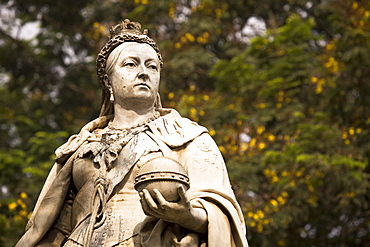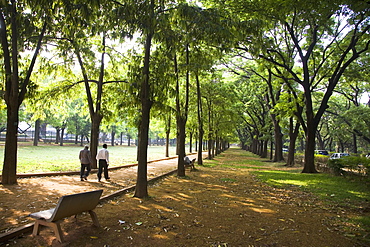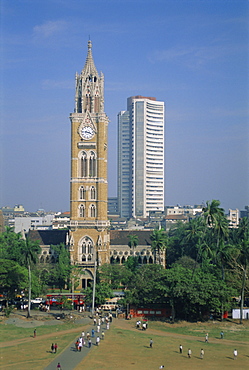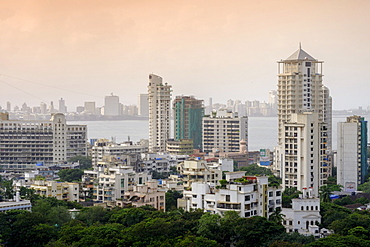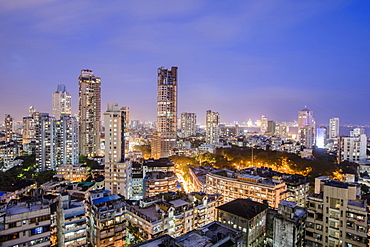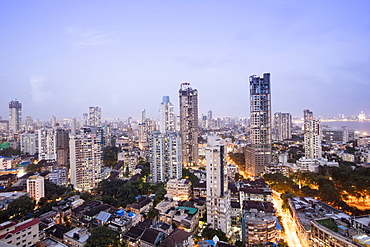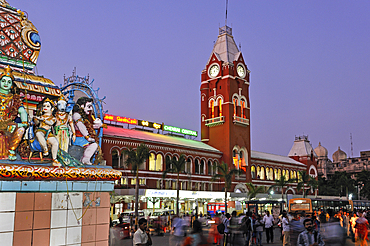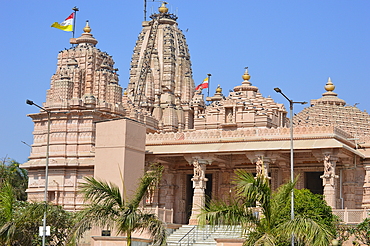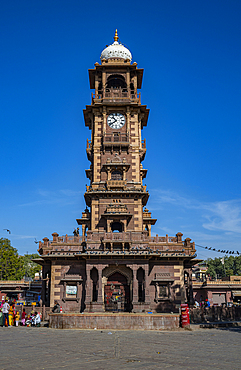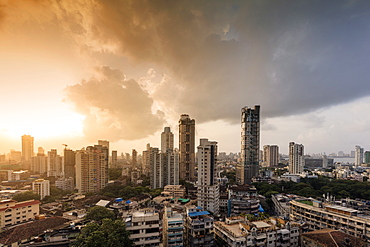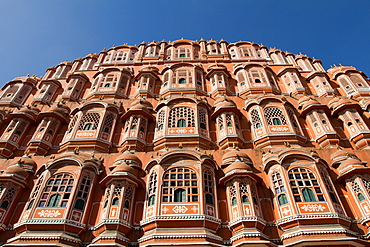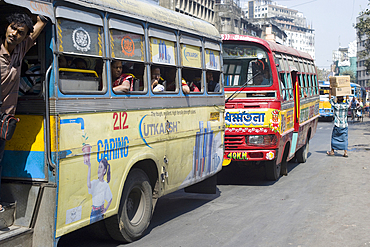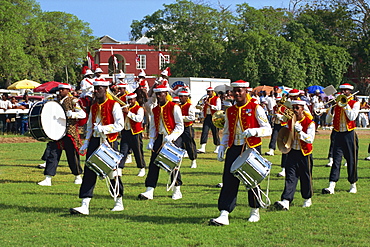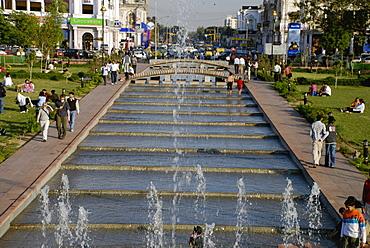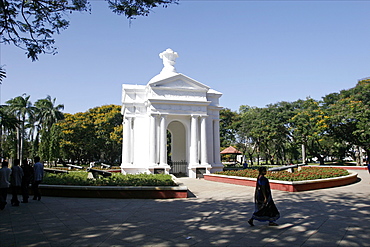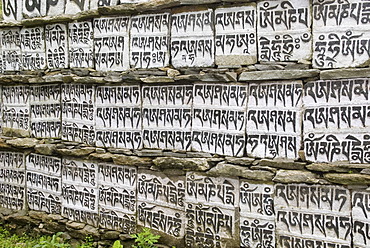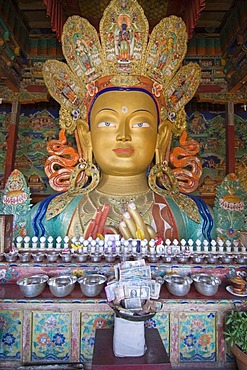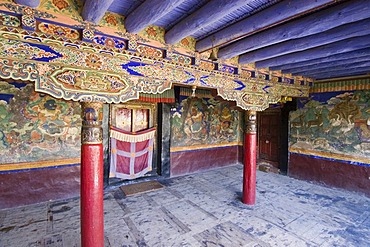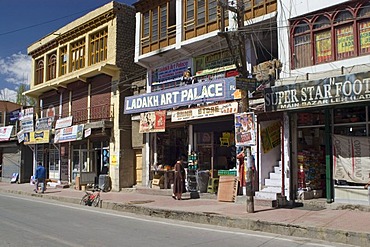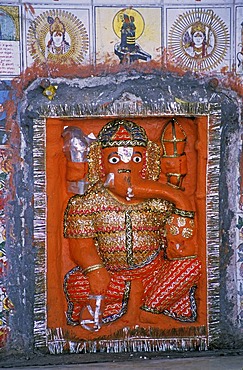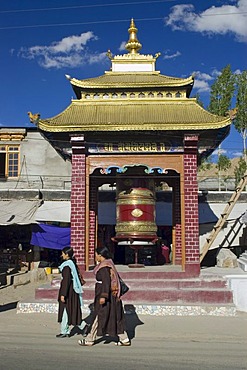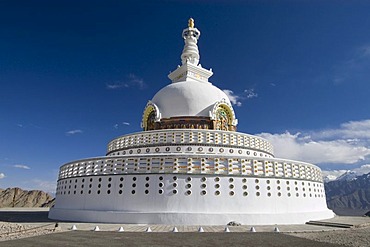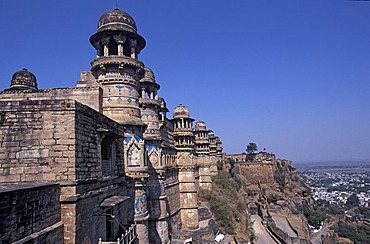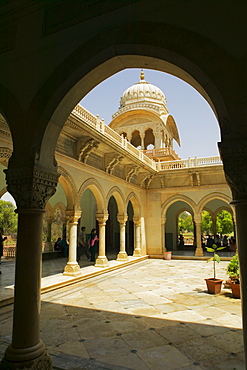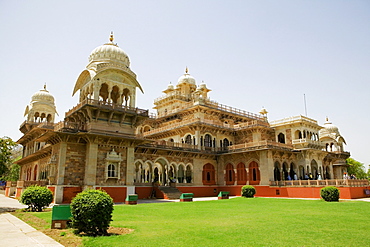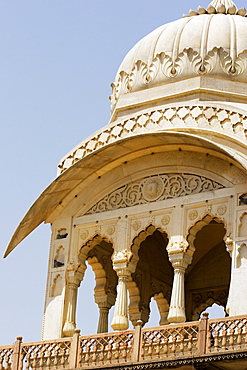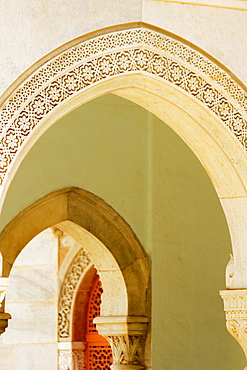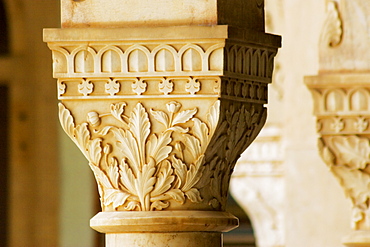Results
25 results found
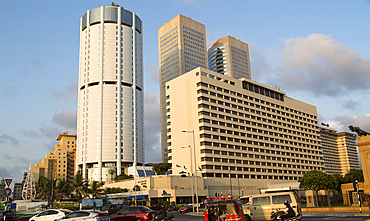
Modern architecture buildings, Galadari Hotel and BOC building and Twin Towers World Trade Centre, central Colombo, Sri Lanka, Asia

Saura tribal village in rural Orissa, hand winnowed rice drying in the central area, Orissan style haystacks behind, Orissa, India, Asia

The Haji Ali mosque and the skyline of central Mumbai under monsoon seas, Mumbai (Bombay), Maharashtra, India, Asia
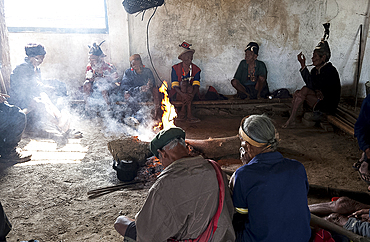
Naga men sitting chatting around the central fire in their village murung (village hall), Hongphui village, Nagaland, India, Asia
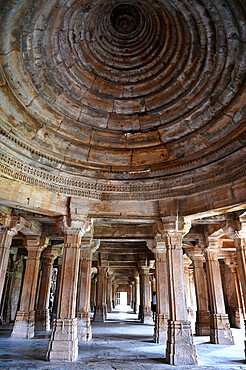
Central domed ceiling in prayer hall, Sahar ki Masjid Mosque, UNESCO World Heritage Site, Champaner, Gujarat, India, Asia
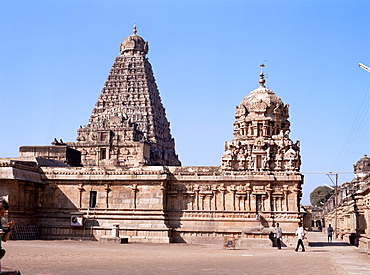
Vimana tower and central shrine of Brihadisvara Temple, dating from early Chola period of King Rajendra I between 985 and 1012 AD, UNESCO World Heritage Site, Thanjavur (Tanjore), Tamil Nadu state, India, Asia
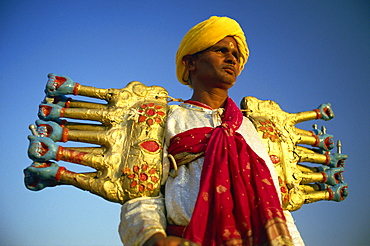
Actor playing Ravana, the demon god of Lanka, one of the central characters of the Ramlilla, the stage play of the Hindu epic the Ramayana, Varanasi, Uttar Pradesh state, India, Asia
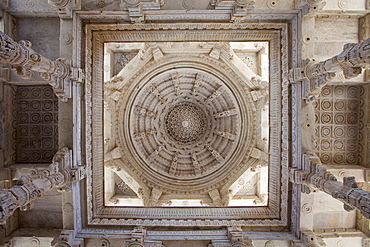
Dome of central hall ceiling detail at The Ranakpur Jain Temple at Desuri Tehsil in Pali District of Rajasthan, Western India

Open air vegetable market with seller and buyers in north central Kolkata (Calcutta), West Bengal, India, Asia
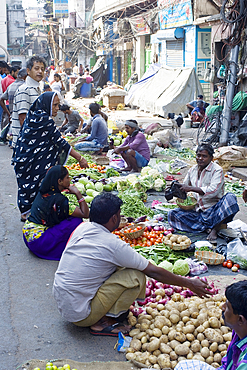
Sellers and buyers of fresh vegetables in street market in north central Kolkata (Calcutta), West Bengal, India, Asia
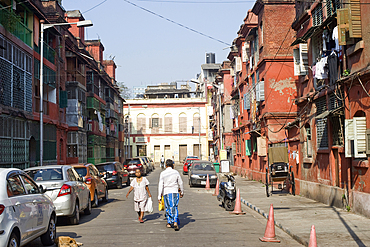
Two pedestrians walking along a street in Bow Barracks quarter of north central Kolkata (Calcutta), West Bengal, India, Asia
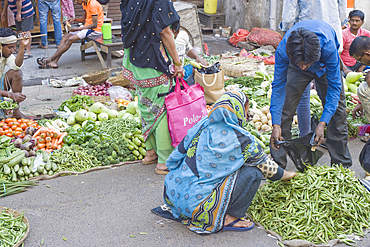
Sellers and buyers of fresh vegetables in street market in north central Kolkata (Calcutta), West Bengal, India, Asia
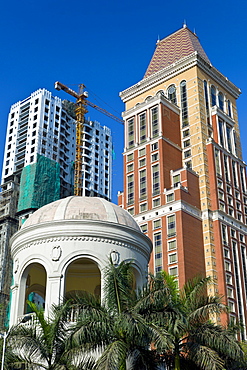
New construction by the newly built ITC Grand Central Sheraton Hotel in Parel district of central Mumbai, Maharashtra, India
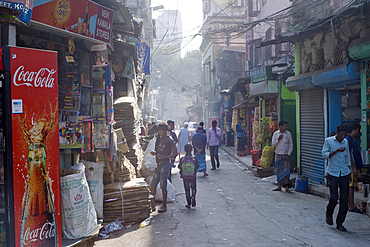
Pedestrians in north central Kolkata (Calcutta) back street showing contaminated city air, Kolkata, West Bengal, India, Asia
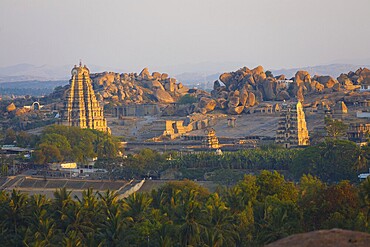
A long distance view of the central ruins, including Virupaksha temple, in Hampi, Karnataka, India. Horizontal

Woman making embroidery, villages in central Gujarat are famous for the different styles of embroidery, Bhirendiara, Gujarat, India, Asia

Woman making embroidery, villages in central Gujarat are famous for the different styles of embroidery, Bhirendiara, Gujarat, India, Asia

Woman making embroidery, villages in central Gujarat are famous for the different styles of embroidery, Bhirendiara, Gujarat, India, Asia

Wallpainting, fresco, at the buddhist monastery of Thikse or Thiksay, Indus valley, Ladakh, Jammu and Kashmir, India
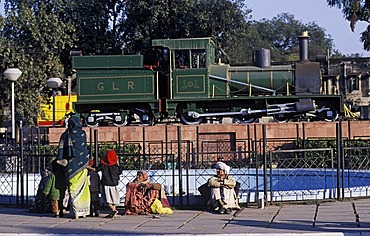
Small steam locomotive, displayed in front of Gwalior Railway Station, Gwalior, Madhya Pradesh, India, Southasia, Asia
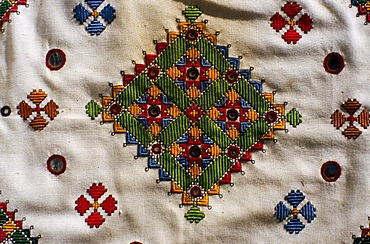
Embroidery from the villages in central Gujarat which are famous for the different styles of embroidery, Bhirendiara, Gujarat, India, Asia

Woman making embroidery, villages in central Gujarat are famous for the different styles of embroidery, Bhirendiara, Gujarat, India, Asia
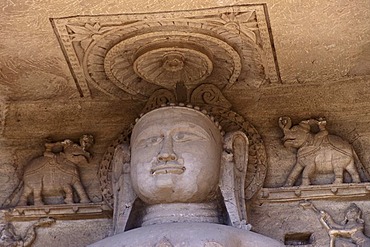
Jain Statue of a Tirthankara, at the way up to the Gwalior Fort, Gwalior, Madhya Pradesh, Zentralindien, Indien, Suedasien, Asien
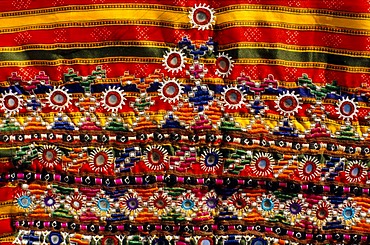
Embroidery from the villages in central Gujarat which are famous for the different styles of embroidery, Bhirendiara, Gujarat, India, Asia
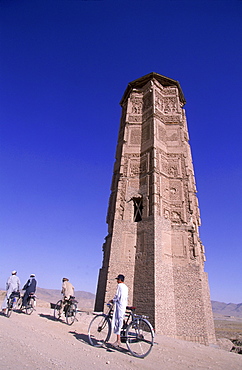
Men and boys on bikes ride past a towering, ancient minaret, outside of Ghazni, Afghanistan, October 1, 2002. Made of brick decorated with Kufic and Naksh Script and floral motifs, the minaret dates back to the early 12th century and was built by Sultan Masud III of the Ghaznavid Dynasty, who ruled over an empire encompassing much of Afghanistan, Northern India, Persia and Central Asia. The minaret was once three times as tall as its current 70 feet, and is thought to have been part of a large mosque complex. Now an important truck stop on the road to Kandahar, Ghazni, located on the Lora River at the elevation of 2,225 meters, is the capital of Ghazni province and is a market for sheep, wool, camel hair cloth, corn, and fruit-it also continues to be a haven for Taliban insurgents.

Afghan men pause on the road with an ancient brick minaret and many shrines in the background, outside of Ghazni, Afghanistan, October 1, 2002. Made of brick decorated with Kufic and Naksh Script and floral motifs, the minaret dates back to the early 12th century and was built by Sultan Masud III of the Ghaznavid Dynasty, who ruled over an empire encompassing much of Afghanistan, Northern India, Persia and Central Asia. The minaret was once three times as tall as its current 70 feet, and is thought to have been part of a large mosque complex. Now an important truck stop on the road to Kandahar, Ghazni, located on the Lora River at the elevation of 2,225 meters, is the capital of Ghazni province with a population of 35,900, and is a market for sheep, wool, camel hair cloth, corn, and fruit, and continues to be a haven for Taliban insurgents.

Men on bikes ride past an ancient brick minaret toward the old walls and citadel of the town of Ghazni, Afghanistan, October 1, 2002. Made of brick decorated with Kufic and Naksh Script and floral motifs, the minaret dates back to the early 12th century and was built by Sultan Masud III of the Ghaznavid Dynasty, who ruled over an empire encompassing much of Afghanistan, Northern India, Persia and Central Asia. The minaret was once three times as tall as its current 70 feet, and is thought to have been part of a large mosque complex. Now an important truck stop on the road to Kandahar, Ghazni, located on the Lora River at the elevation of 2,225 meters, is the capital of Ghazni province with a population of 35,900, and is a market for sheep, wool, camel hair cloth, corn, and fruit.
